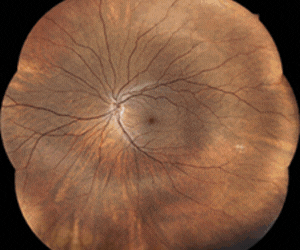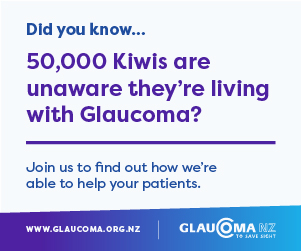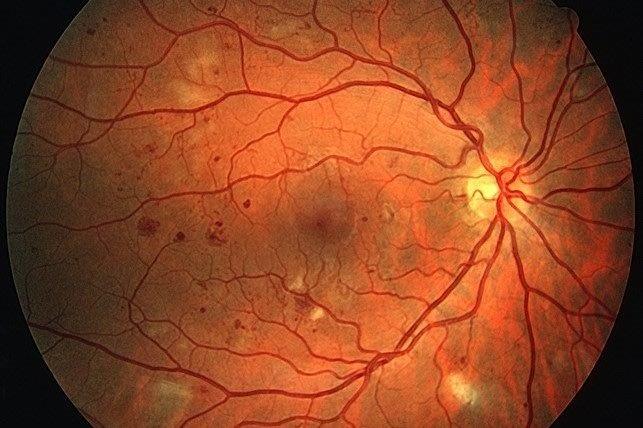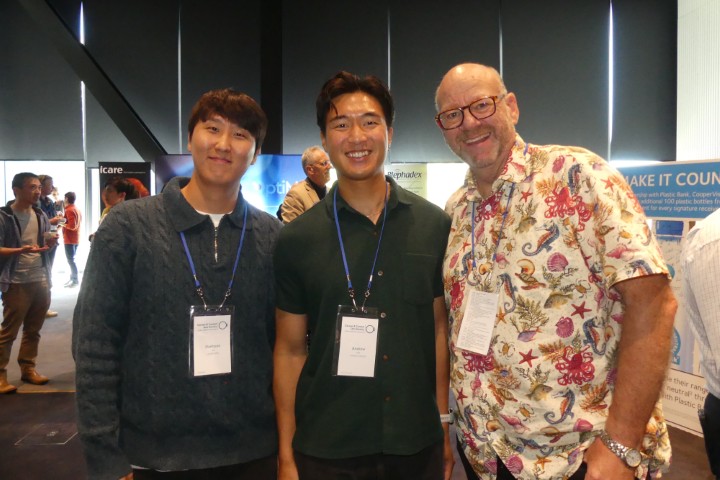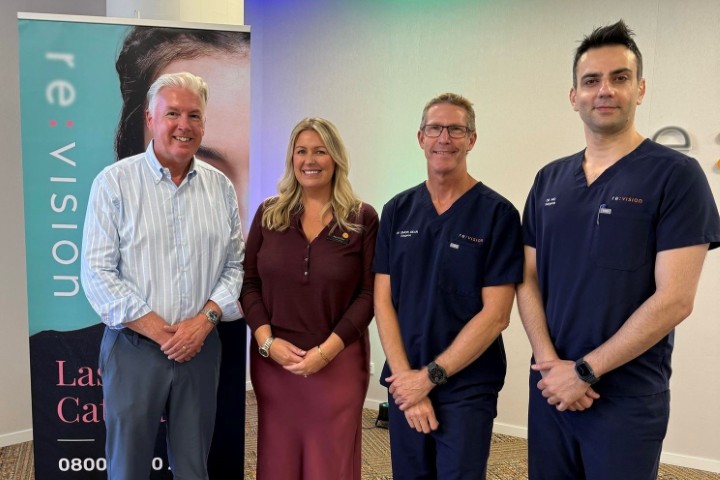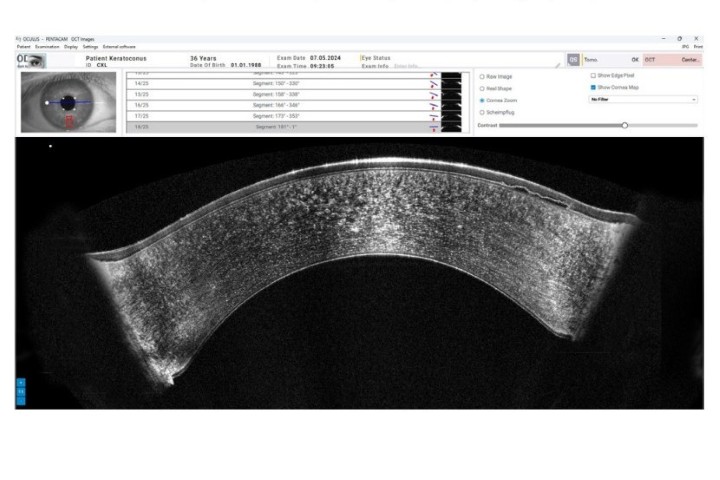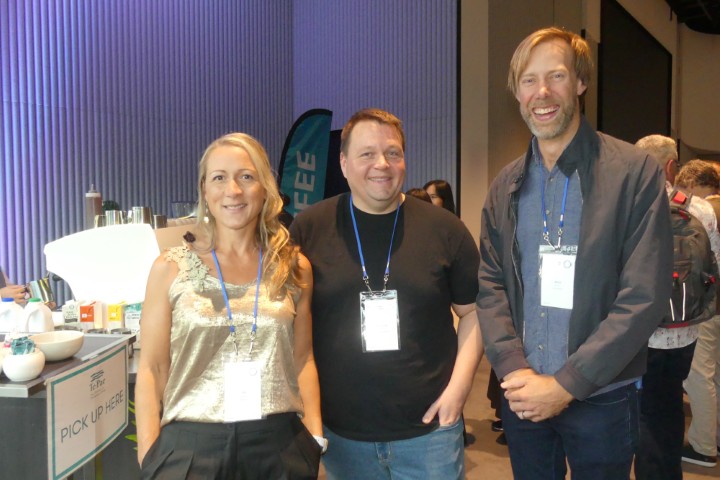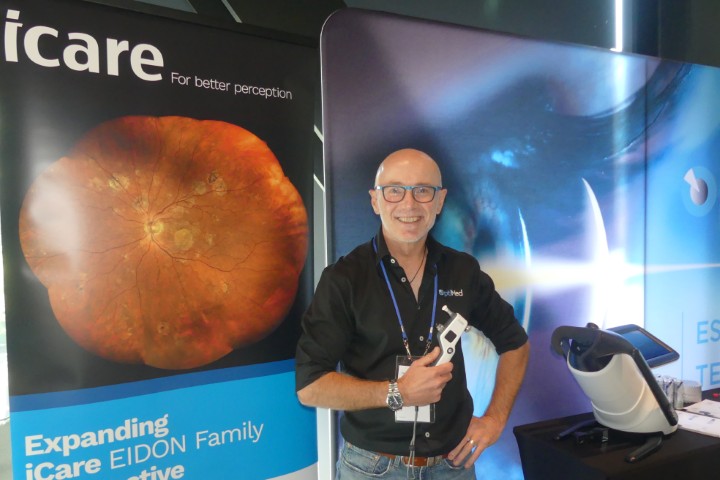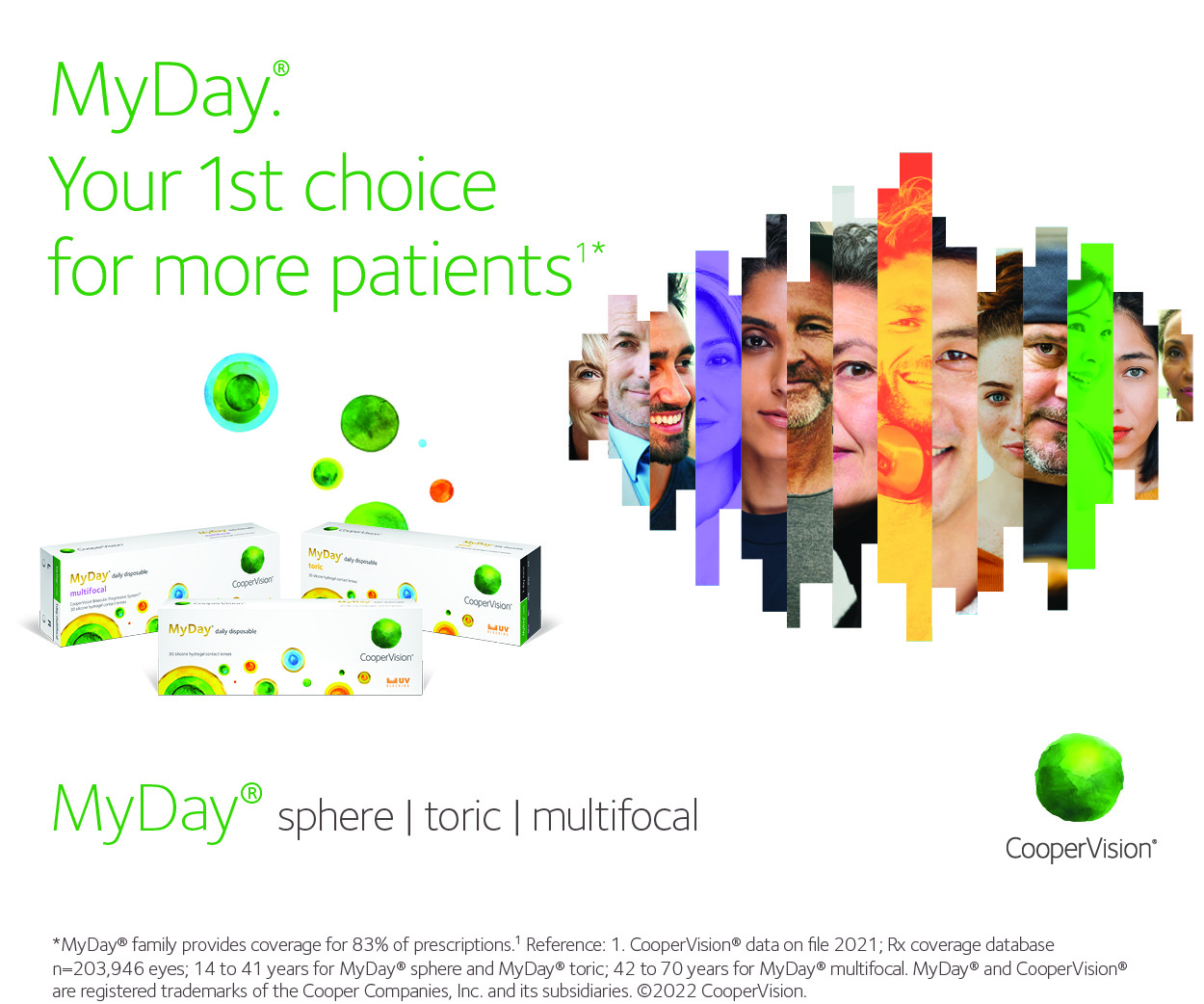Retinal cells’ glucose defence
New research has found that retinal endothelial cells can self-protect against the damaging effects of hyperglycaemia (HG) in diabetic patients.
Investigating the underlying reasons for the delay between the onset of diabetes and the development of diabetic retinopathy (DR), investigators, led by Dr Andrius Kazlauskas, professor of ophthalmology, physiology and biophysics at the University of Illinois College of Medicine, said prolonged HG induces adaptation of retinal blood vessel cells, appearing to protect them from death and inflammation.
Culturing human retinal endothelial cells in normal- or high-glucose media for one day, researchers found mitochondrial functionality declined in high-glucose, but cells recovered and acquired resistance to HG-related damage following sustained exposure for 10 days. These observations indicate the existence of an endogenous system protecting human retinal endothelial cells from the harmful effects of HG, the team concluded in The American Journal of Pathology. “The compelling role of mitochondrial dysfunction in the development of DR supports our central concept of a hyperglycaemia-induced mitochondrial adaptation (HIMA) system, the purpose of which is to preserve the functionality of mitochondria. We posit that the loss of HIMA sets the stage for advancing to DR,” said Prof Kazlauskas.






